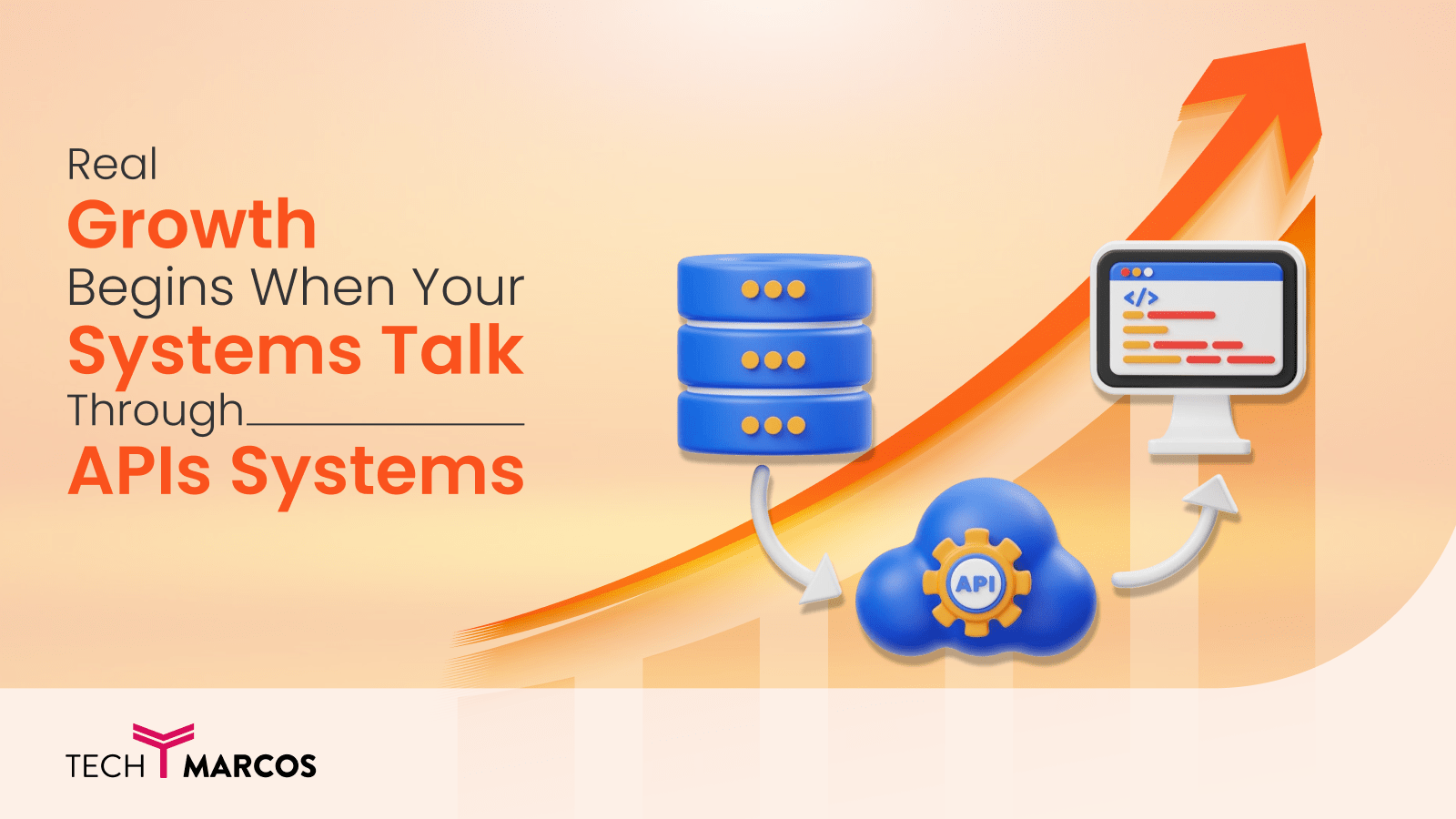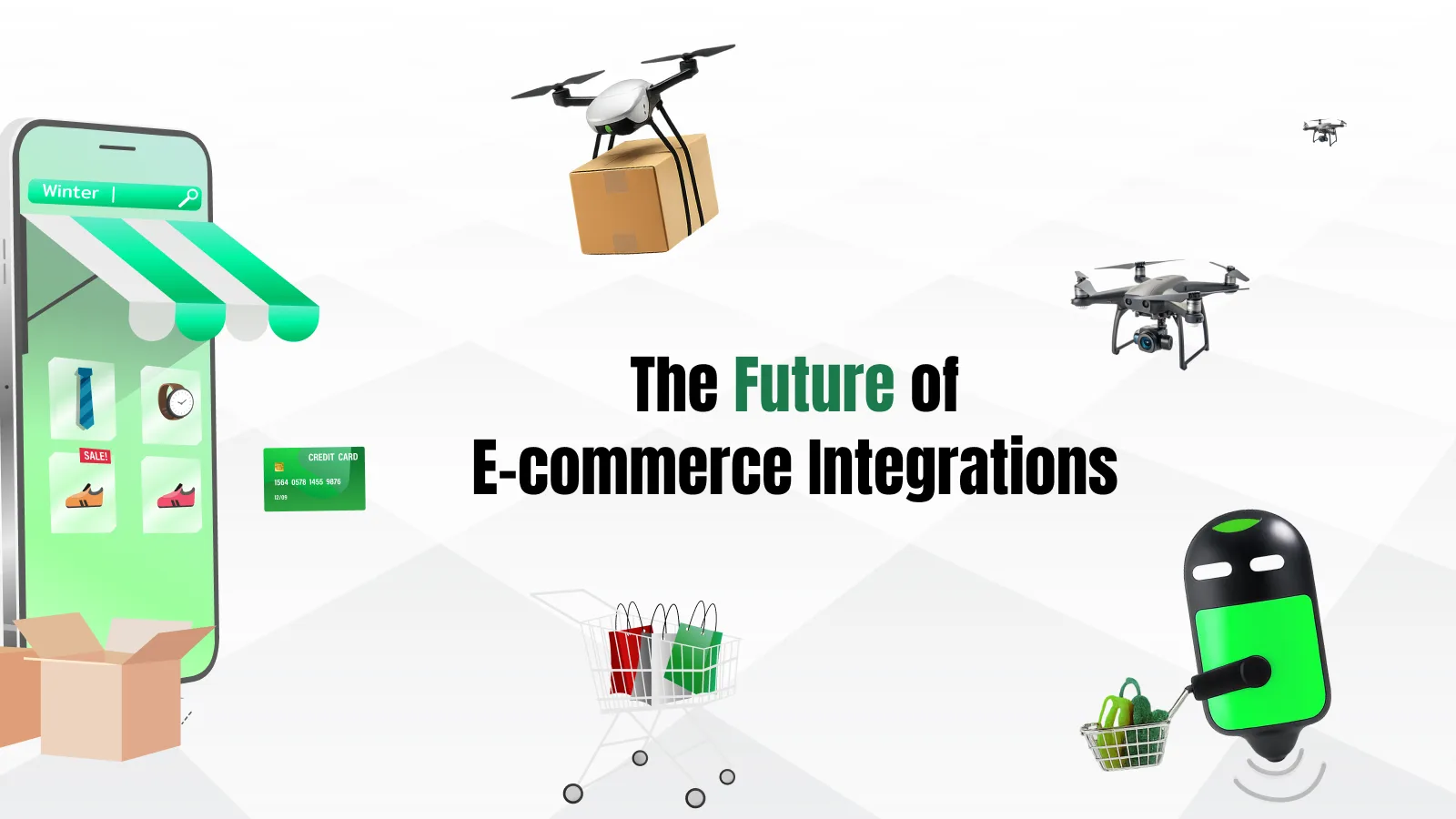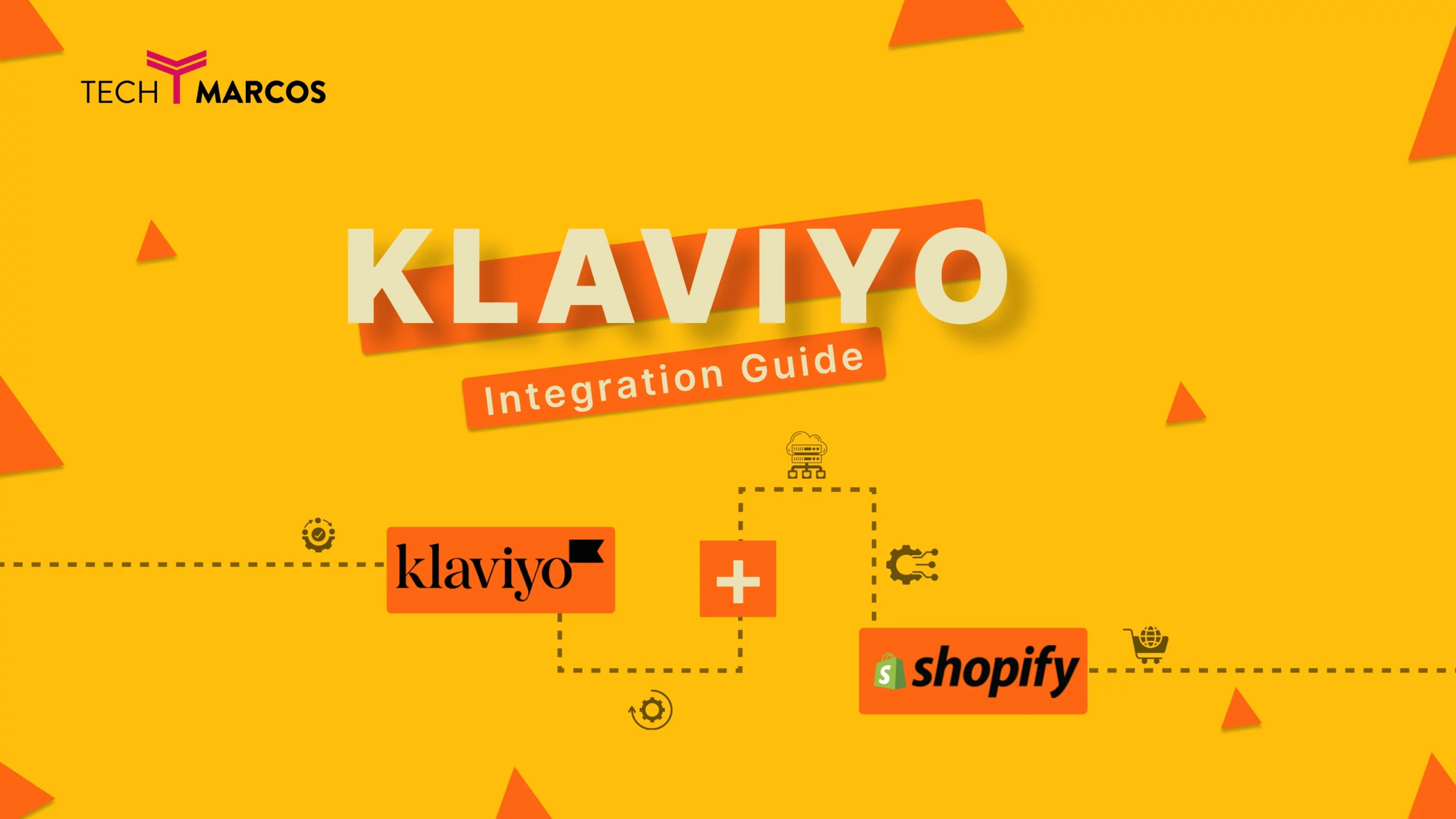Want Real Growth? Your distributed systems can achieve real growth by integrating API systems.
When your business expands it becomes obvious that more tools generate multiple fragmented systems. You operate a single system to manage your CRM. The learning platforms act as the systems used to supply webinars and workshops to the users. Operations staff depends on spreadsheet applications for their work. Your customer service process functions through another software-as-a-service application. The collection of specific solutions from individual systems results in a core problem of disintegration between applications. This is where API integration plays a crucial role—connecting these disparate tools to streamline data flow, improve efficiency, and create a cohesive digital ecosystem.
Large organizations managing distributed systems experience several adverse effects because their information gets fragmented such as:
- Disjointed user experiences
- Redundant administrative work
- Slow decision-making
- Restricted data access among several departments
The solution? Multiple systems can link through API integrations to form one synchronized information network.
A.) The Problem: Growth Brings Complexity
The fast organizational expansion that spans teams, functions and geographic divisions makes organizations select different tools for individual requirements.
- A CRM for customer management either HubSpot or Salesforce.
- A CMS like WordPress for content
- A data platform for KPIs and dashboards
- Communication tools for collaboration
- Learning platforms provide the users with webinars and seminars.
The default linkage functionality between tools remains absent from every system.
B.) This results in:
- Manual work syncing user data
- Scattered touchpoints for employees or customers
- Inconsistent data between systems
- The system shows limited expansion capabilities during team and process integration procedures.
In short, your tech stack stops working together and starts working against you.
C.) The Solution Includes: Developing API Connections That Bind Systems Together
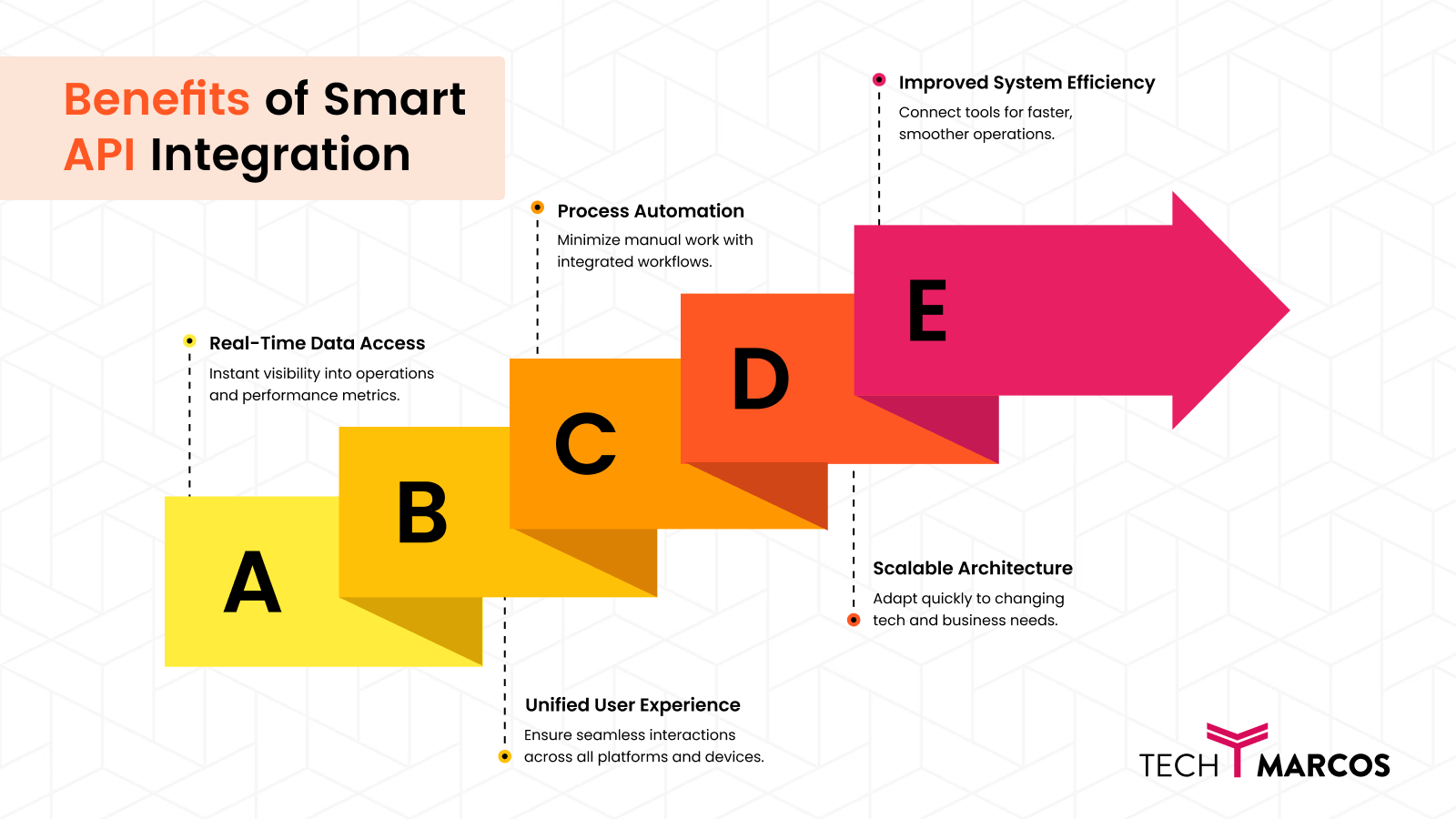
You should pursue integration instead of tool replacement to achieve better scalability. The following procedure explains API usage to link your distributed systems:
1. Unify User Data Across Platforms
REST APIs should connect users between systems that include your portal system and CRM platform. Users should be able to maintain one login for the whole system because all access points must share the same identity.
2. Centralize Content and Services
Your system must utilize endpoints to extract content from your CMS storage buckets and other platforms which include sources such as webinars events and documents and present them within one centralized dashboard.
This covers:
- The system connects CMS platforms through REST APIs for integration.
- Fetching documents, PDFs, images, and video content from Amazon S3 buckets
- With a well-designed Content Distribution Network system, users around the world can access static files efficiently i.e., Images, videos and documents.
- An automated solution enables access control for content materials through role-based visibility settings
Central content distribution maintains direct performance, user access, and scalability by avoiding duplicated storage and network bottlenecks.
3. Use Single Sign-On (SSO)
It is hard and risky for large companies to handle authentication of users across various systems. SSO allows users to log in only once and opens for them all the services integrated, simplifying access.
SSO's advantages include:
- Enhanced security based on centralized identity management.
- Enhanced user experience (no multiple logins).
- Simplified IT processes
- Connect with the suppliers of enterprise identity (e.g Azure AD, Okta, Google Workspace).
Whether it is hosted or placed somewhere else, SSO with API integrations ensures secure role-based access to data, tools, and content.
4. Develop Admin Layer for Control.
Develop a centralized administrative dashboard that your staff is able to:
- Manage users across systems
- Track dependencies.
- Assign roles or companies
- Connect with the external CRMs or platforms in a dynamic way.
This allows a complex ecosystem to be safely scaled up with it.
5. Make It Modular and Extendable
Design your system having a contemporary wrapper for RESTful and GraphQL API – Laravel, Node.js or Next.js. This allows for the growth of your platform with new tools or new data sources without leaving the main outline.
Why This Matters
Merging your systems with APIs isn’t merely a matter of convenience, it is a consideration for eliminating friction from your business, so that when it scales, the chaos of operations remains minimal.
D.) The correct API integrations can provide:
- Real-time visibility into data
- Flawless user experiences across touchpoints
- Less administrative effort
- Future-proof architecture
Most importantly, they allow your company to operate like one system, though the parts are separated in places.
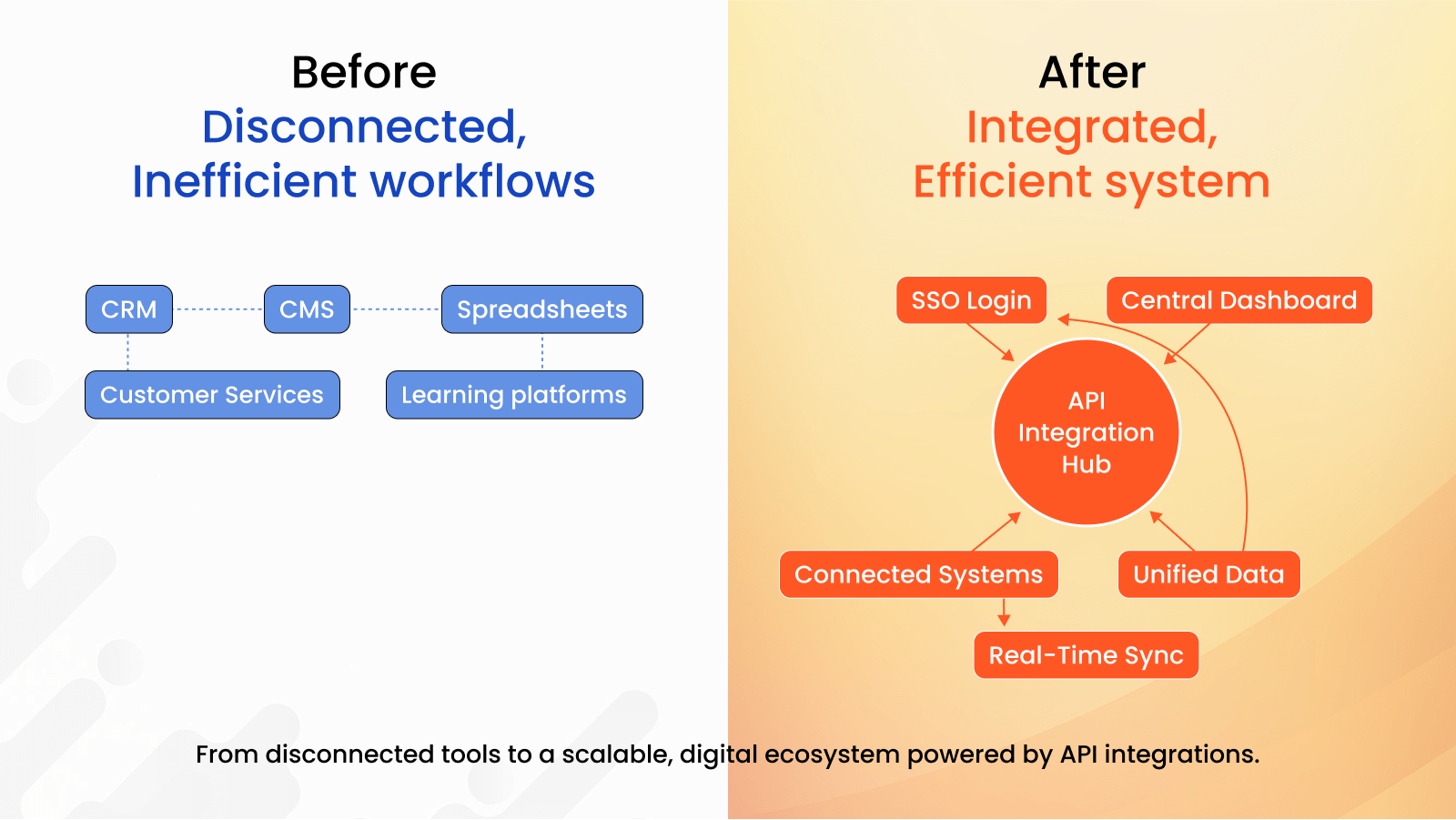
E.) Concluding Thought: Think Ecosystem, Not Just Tools
As enterprises grow up, their technology has to grow up as well. Then, API integrations and SSO are no longer an option anymore, but an integral part of the modern business infrastructure.
Then if you say that your teams are constantly moving between tabs, exporting spreadsheets, or copy pasting tasks back and forth in different applications, it’s time to ask: Are your systems powering your scale – or quashing it?
Connect them. Streamline them. And cause your technology to drive your growth and not condemn it.
F.) How TechMarcos Can Help
That is precisely where our strength at TechMarcos is – answers to such issues: solutions to these types of problems. On our team we are dealing with scalable API-first solutions for business operations if it’s connecting your CRM with your portal, extracting structured data from CMS systems, making sure the files get delivered from S3 and CDNs or implementing robust Single Sign-on (SSO).
We are not only helping companies to connect APIs; we are helping them to develop scalable digital ecosystems.
Wanting to unite your systems and go faster? Let's talk.
